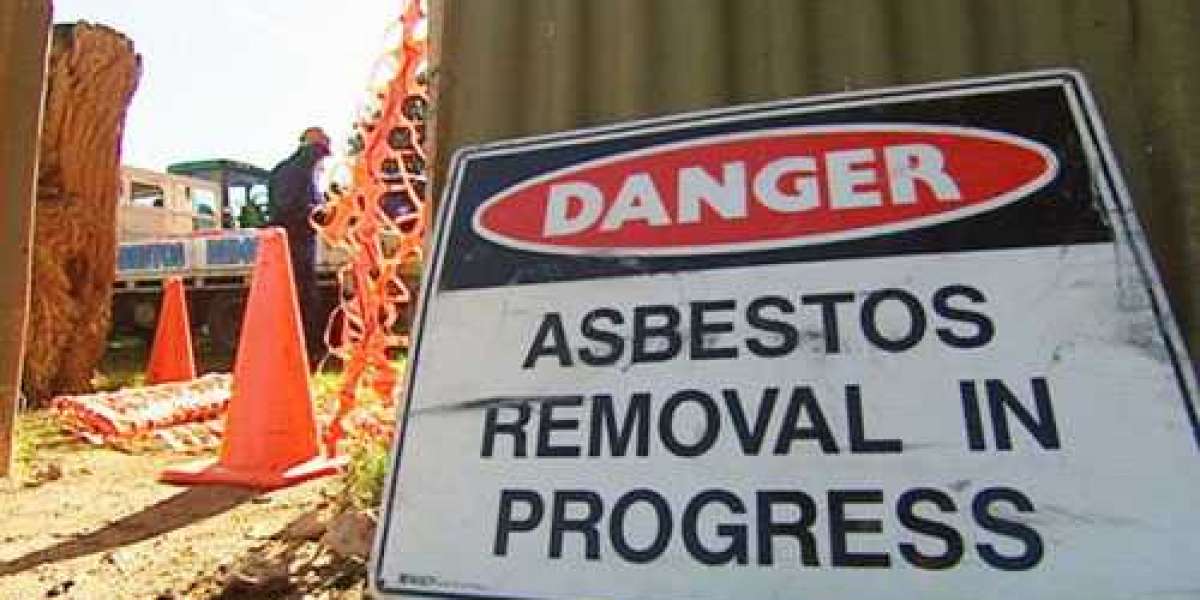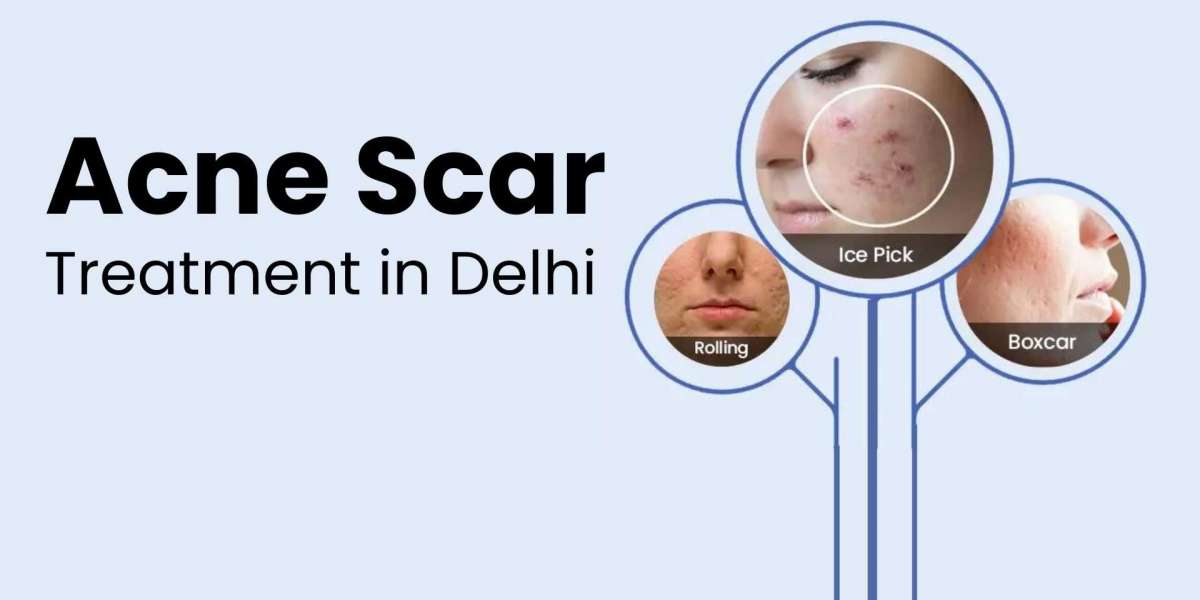Asbestos removal is a complex and highly regulated process. When this hazardous material is found in homes, many might consider handling the removal themselves to save money. However, attempting to remove asbestos without professional assistance poses significant health and safety risks, as asbestos fibers are extremely harmful if inhaled.
Health Risks of Asbestos Exposure
Asbestos was widely used in building materials due to its heat resistance and durability, but it is now well-known as a carcinogen. Asbestos fibers, when disturbed, can become airborne and are easily inhaled or ingested. Once inside the body, they lodge in the lungs and other organs, causing inflammation and scarring over time. Exposure to asbestos is linked to serious health conditions, including asbestosis, lung cancer, and mesothelioma, a type of cancer primarily associated with asbestos exposure. These diseases may take years or even decades to develop, making them challenging to detect early. With no cure for asbestosis or mesothelioma, the consequences of asbestos exposure are often severe.
The Challenge of Proper Asbestos Handling
One of the primary reasons DIY asbestos removals is hazardous is the difficulty of handling the material without releasing fibres. Asbestos is often found in older homes in insulation, floor tiles, roofing, and even textured paints. Disturbing these materials, whether by cutting, drilling, or breaking, can release dangerous fibres into the air, creating a high risk of inhalation. Without specialized equipment and procedures, it’s nearly impossible to contain asbestos effectively. Professional asbestos removal teams are trained to minimize fibre release by using protective barriers, negative pressure enclosures, and other techniques that prevent fibres from becoming airborne.
Personal Protective Equipment and Safety Measures
Professionals are equipped with specialized personal protective equipment (PPE), including respirators, disposable suits, and gloves, which provide a high level of protection against asbestos exposure. This equipment is often costly and must be used correctly to be effective. Many people attempting DIY asbestos removal lack this level of protection, increasing their risk of exposure. Furthermore, specific disposal procedures are required by law, as asbestos waste must be properly sealed and disposed of at designated facilities. DIY efforts often fail to meet these requirements, creating potential health hazards for waste handlers and environmental risks.
Why Professional Asbestos Removal Is Essential
Professional asbestos removal ensures that the process is conducted safely and within regulatory guidelines. Licensed asbestos removal companies have the training, tools, and protective measures necessary to handle asbestos safely. They assess the presence of asbestos, contain the area to prevent fibre release, remove the material, and ensure proper disposal, leaving your home safe and compliant with legal requirements.
Conclusion
DIY asbestos removal Brighton may seem like a way to cut costs, but it introduces serious risks that can lead to long-term health issues, financial liabilities, and even legal repercussions. The dangers of exposure to asbestos fibres far outweigh any potential savings from attempting to handle it without expert assistance. For anyone considering asbestos removal, hiring a licensed professional is the safest choice, ensuring that the hazardous material is removed efficiently and responsibly.







